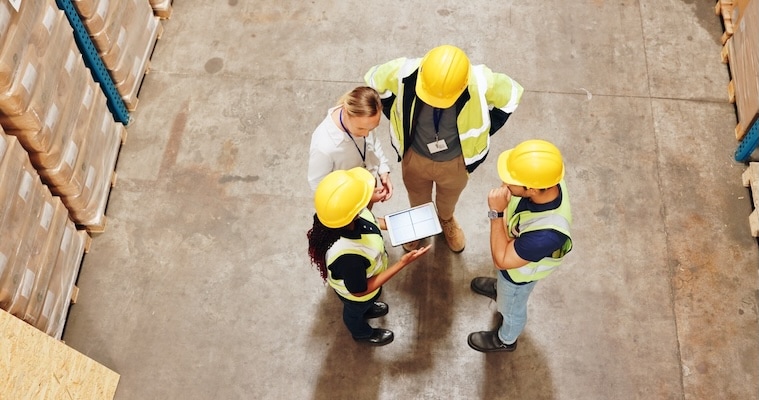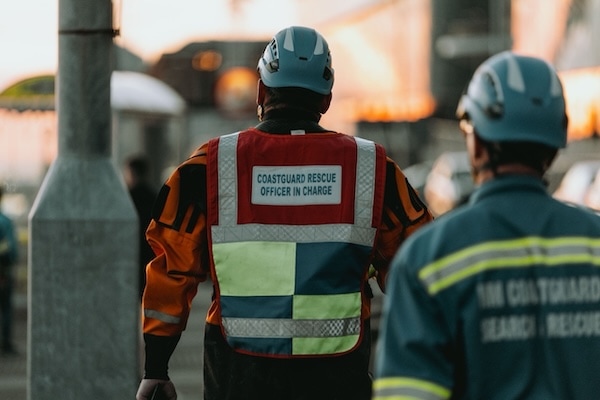In the industrial sector, the prevalence of slips and trips transcends mere statistical occurrences, manifesting as substantial threats to the welfare of employees and the smooth operation of facilities. It is with a progressive lens that companies are turning to inventive solutions to confront these hazards—not solely to meet regulatory standards but as a strategic pivot towards enduring organizational prosperity.
The innovation in flooring technology has yielded specialized solutions tailored to the industrial environment. The advent of anti-slip surfaces and durable materials stands as the vanguard in mitigating slip-related dangers. Engineered for superior grip, these advancements are especially crucial in damp or spill-prone zones.
Illumination has been redefined with the introduction of smart lighting systems. Outfitted with sensors that detect movement and the capacity to adjust luminosity, these systems cast light across the expanse of industrial environments, curtailing the potential for accidents, notably in vicinities bustling with heavy machinery.
The digital revolution has extended its reach into the domain of personal protective equipment with the introduction of wearable technology. Innovations such as sensor-embedded smartwatches and footwear act as personal sentinels, alerting individuals to imminent risks within their surroundings and markedly diminishing the incidence of mishaps.
In the upkeep of immaculate floor conditions, automated cleaning robots have emerged as a paragon of consistency and efficiency. Programmed for prompt intervention, they are relentless in their pursuit of cleanliness, ensuring that the grounds are perpetually primed to ward off slip and trip perils.
The bedrock of a safe industrial environment, however, remains the informed employee. Continuous educational initiatives focusing on safety practices, hazard identification, and emergency preparedness are crucial. These sessions fortify the workforce, equipping them with the knowledge to be proactive guardians of their workspaces.
The design of ergonomic workspaces is another testament to the holistic approach to accident prevention. By aligning the work environment with the natural biomechanics of the human body and minimizing unnatural positioning, the probability of accidents is substantially curtailed.
In summation, the battle against slips and trips in the industrial arena is waged through a concerted approach, melding cutting-edge materials, smart technology, comprehensive training, and ergonomic innovation. The integration of these components is not just an investment in safety, but an emblem of an enterprise’s dedication to both safeguarding its workforce and spearheading industry innovation. This synthesis of safety and ingenuity is indispensable in sculpting the future of industrial operations.







